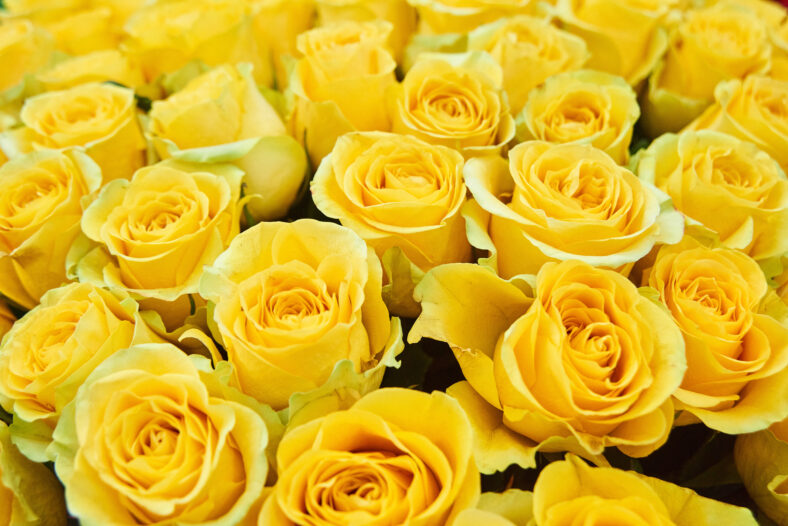Once Upon A Time, All Roses Used To Only Come In Yellow

Roses of all colors exist today, including red, pink, peach, and white. They belong to the genus Rosa. They make up nearly 30 percent of cut flower market sales.
The popularity of roses all began with the rose breeding renaissance of the 1700s. Ancient wild Chinese roses were crossed with old European cultivars. Humans selectively bred these plants to develop a desirable characteristic.
Currently, there are more than 150 to 200 species of roses and over 35,000 cultivars. In the past, rose breeders mostly focused on the cosmetic traits of the flowers, but now, global climate change has led to the breeding of varieties that are more resistant to drought and disease.
Understanding the origin and evolution of the Rosa genus can help improve breeding efforts and protect near-threatened rose varieties.
Researchers from Beijing Forestry University in China collected 205 samples of around 80 Rosa species. Then, they conducted a genomic analysis to trace back their ancestral traits.
After reconstructing the ancestral traits, they found that the samples all shared a common ancestor—a yellow flower with a single row of petals and leaves divided into seven leaflets.
As roses evolved and were domesticated, they developed new colors and petal markings. They also became able to bloom in clusters.
Features like double rows of petals were likely rare mutations that someone took a fancy to and decided to promote. Red and pink roses only became common much later on to meet human preferences.
In addition, the genetic evidence exposed two major centers of rose diversity in China. One was located in the dry northwest, where yellow roses with small leaves grow. The other was in the warm and humid southwest, where white, fragrant roses thrive.

Sign up for Chip Chick’s newsletter and get stories like this delivered to your inbox.
According to the study authors, Banksianae, a Chinese subspecies known for its yellow and white flowers, are different from other rose plants in China due to changes in geography caused by the latest bout of Himalayan mountain building, which started 23 million years ago.
The accompanying decrease in temperature and global rainfall reduced the roses’ range. They were able to recover around 200,000 years ago.
Yellow roses have long been associated with jealousy and infidelity, particularly during the Victorian era, although florists are trying hard to change their reputation.
Now, yellow roses have more positive connotations, symbolizing friendship and joy. The color yellow is used to represent the feelings associated with friendship, such as warmth, delight, and affection. In China, yellow roses are seen as a sign of wealth and prosperity.
Overall, these findings show that wild Rosa traits can still be used to aid in the conservation efforts and breeding of modern roses.
The details of the new study were published in the journal Nature Plants.
More About:Gardening